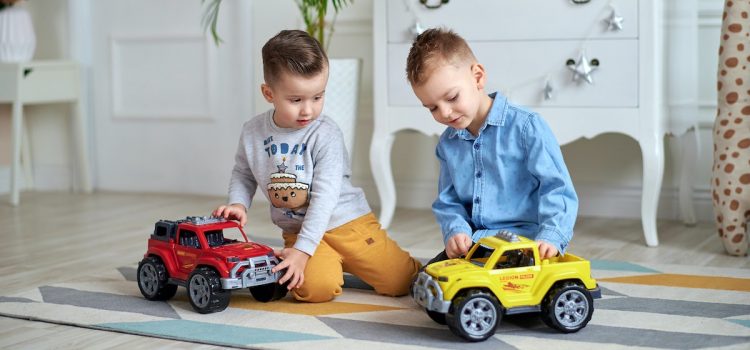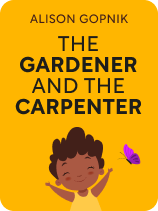

This article is an excerpt from the Shortform book guide to "The Gardener and the Carpenter" by Alison Gopnik. Shortform has the world's best summaries and analyses of books you should be reading.
Like this article? Sign up for a free trial here.
How do children learn through play? How can reading fiction boost your child’s development?
Children are constantly learning by watching and listening, but they also learn by playing—especially pretending. Similarly, reading fictional stories helps them learn empathy.
Continue reading to learn about the benefits of play in children.
Play: A Natural Learning Mechanism
How do children learn through play? First, let’s explain what we mean by “play.” According to The Gardener and the Carpenter by Alison Gopnik, biologists define play as having the following five characteristics: 1) Play is not work, 2) Play is fun, 3) Play is voluntary, 4) Play requires a safe and secure environment, and 5) Play relies on a pattern that includes repetition and variation. Because it’s child-directed, play is one of the most important ways that children guide their own development, which means it’s incompatible with carpenter parenting—if you try to force a child to play, direct how they play, or control the outcome of their play, it’s no longer play by definition. We should create environments that allow children to play, thereby supporting their natural growth.
| Not All Play Is Identical Play doesn’t look the same for all children. For example, autistic children often engage in parallel play—or playing near other children without playing with them—which can seem solitary and asocial. However, autistic children often socialize differently than non-autistic children, and parallel play between autistic children can be much more social than it appears from a neurotypical perspective. Autistic children also tend to engage in seemingly meaningless activities like lining up toys or opening and closing a door. Parents may feel the urge to alter the way autistic children play so it’s more “appropriate,” but deliberately changing the way a child plays means it no longer fits the definition of “play.” Instead, parents should encourage and participate in their children’s unique modes of play. |
While many animal species play in different ways, such as playing with objects or play-fighting with each other, human children may be the only species that plays by pretending. Children begin pretending as early as the age of one. Contrary to what many believe, children don’t have trouble distinguishing between fact and fiction—they know what they’re pretending isn’t real. They do it to learn and have fun.

———End of Preview———
Like what you just read? Read the rest of the world's best book summary and analysis of Alison Gopnik's "The Gardener and the Carpenter" at Shortform.
Here's what you'll find in our full The Gardener and the Carpenter summary:
- The difference between gardner and carpenter parenting styles
- Why parenting should not be a form of work but an act of love
- How the schooling model fails to effectively support children’s learning






